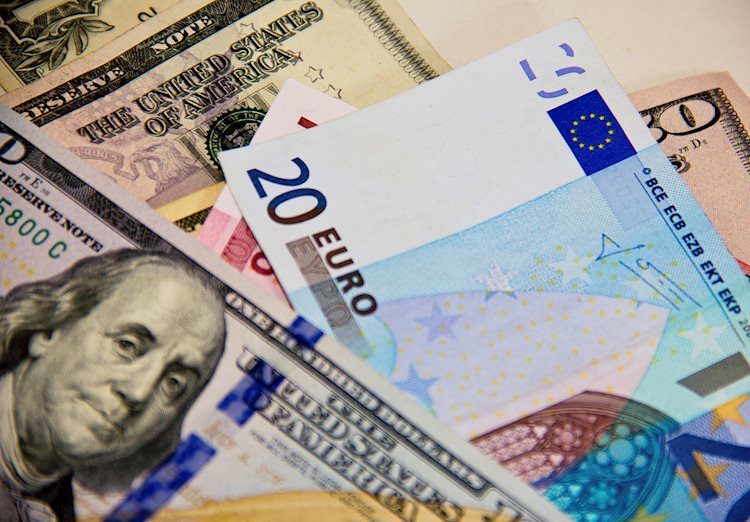The EUR/USD pair has found temporary support near 1.0900 as the Euro outperforms its major peers. Despite firm expectations of further interest rate cuts by the European Central Bank (ECB), the Euro has gained momentum. The decline in Eurozone inflationary pressures has fueled ECB dovish bets. Investors are now awaiting the US Producer Price Index (PPI) data for fresh cues on the Fed’s interest rate outlook. The US Dollar Index (DXY) is holding onto gains near 103.00, as the US Dollar remains broadly upbeat ahead of the PPI data release.
Economists are expecting the US PPI data to show a deceleration in annual headline inflation to 1.6%, while the core PPI is estimated to accelerate to 2.7%. Both the monthly headline and core PPI are expected to grow at a slower pace. The Atlanta Federal Reserve Bank President Raphael Bostic’s comments on potentially pausing interest rate cuts in November have also bolstered the US Dollar. This comes after the US Consumer Price Index (CPI) report indicated faster-than-expected inflationary pressures in September.
Despite expectations of further ECB interest rate cuts, the Euro has been performing strongly against its major peers. Traders are pricing in two rate cuts in the remaining ECB meetings this year. ECB dovish bets have been fueled by a faster-than-expected decline in Eurozone inflationary pressures and growing risks to economic growth. The Eurozone revised estimates for the German Harmonized Index of Consumer Prices (HICP) for September have also shown that price pressures remained below the ECB’s target of 2%.
On the technical analysis front, EUR/USD has found temporary support near the 200-day Exponential Moving Average (EMA) around 1.0900. The near-term outlook remains uncertain, with the 20- and 50-day EMAs on course to deliver a bear cross near 1.1020. The pair weakened after breaking down a Double Top chart pattern formation, triggering further bearish sentiment. The 14-day Relative Strength Index (RSI) suggests more weakness ahead, with potential support near the round-level support of 1.0800.
The Euro is the currency for the 19 European Union countries in the Eurozone and is the second most traded currency in the world. The European Central Bank (ECB) in Frankfurt, Germany, manages the Eurozone’s monetary policy aiming to maintain price stability. Eurozone inflation data, economic health indicators, and the Trade Balance are all significant factors influencing the Euro’s value. Strong economic data and a positive Trade Balance can strengthen the Euro, while weakening data can lead to a decline in the currency’s value.











